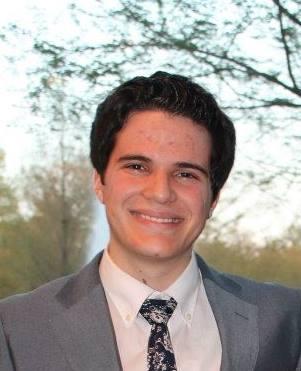Member for
3 years 10 monthsPhage display is a convenient method to select proteins of interest based on binding affinity. Through subsequent rounds of panning and ELISA assays, protein library members with the desired binding activity are retained on the immobilized target, while the non-binding members are washed off. The bacteriophage serves as a physical link between the gene of interest and the protein product, since the latter is expressed on the coat of the phage thanks to its fusion with the gIII residue. We have recently used this technology to discover an antibody fragment (scFv), called H5, capable of selectively binding to the integrin binding domain of fibronectin (FN) under a strained configuration, typically due to forces exerted on the extracellular matrix (ECM) by cells. FN is a highly elastic protein that forms fibers and contributes to the ECM. The elasticity of the protein is derived from the so-called type III repeats within the protein. The 9th and 10th type III repeats possess the PHSRN synergy sequence and the RGD integrin binding domain, respectively. Evidence suggests the distance between these two domains is fundamental to integrin binding and the H5 scFv has enabled us to investigate conformational changes in these critical FN repeats. Large scale production of H5 scFv is hindered by non-optimized codons and suspected protein toxicity, since the E. coli strain producing the protein grew poorly at normal temperatures. Moreover, the transfected vector containing H5, pIT2, appeared to be degraded in consecutively selected bacterial cultures, as suggested by the isolation of significantly shorter than expect plasmids. After significant effort, reconstruction of the pIT2 vector sequence was accomplished from multiple colonies and cross referencing with the provided anti-ubiquitin scFV antibody fragment, and the complete DNA sequence of H5 was recovered. The sequence was codon optimized for expression in E. coli and the constructs transformed into an E.coli strain engineered for scFv production. Secondly, I aim to perform a round of directed evolution on H5 in an attempt to improve binding kinetics. The H5 cDNA will be recombined with error prone PCR, to generate random mutants. This second, relatively small library will be panned on the targets again through phage display in order to find an improved version of H5, defined by more selective binding to the extended conformation of the integrin binding domain of FN.

